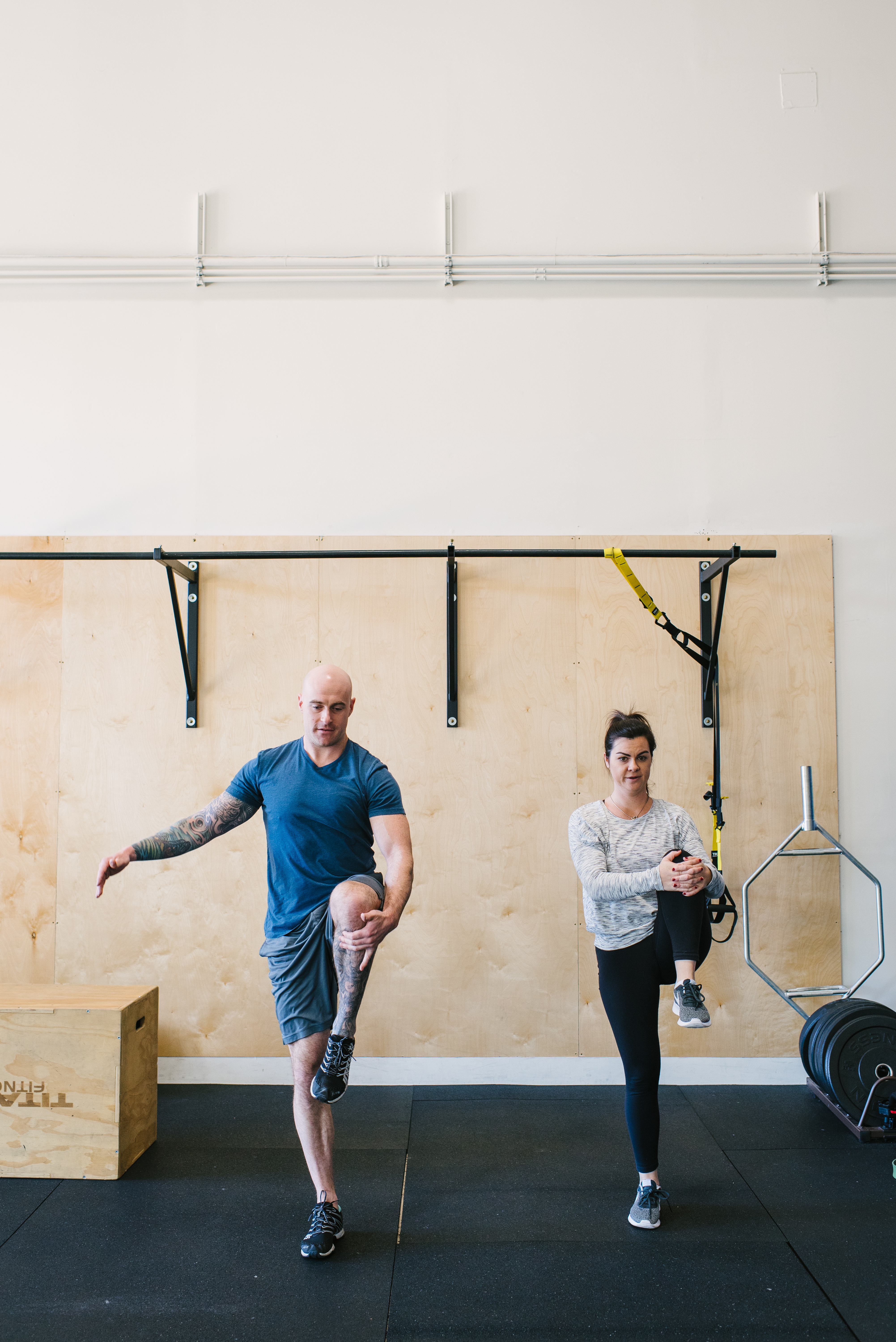Flexibility and mobility are terms that contribute to an efficient, pain free, and productive body. Functions such as reaching over the head to acquire objects, bending down to pick objects off the ground, or rotating the torso to get in and out of cars are common movements that require joints to be able to move without any impedance. Imagine a world in which getting into the car took five minutes because of back and hip stiffness? These obstacles in flexibility wouldn’t put us in the best of moods. Changing the angle of the thighs, flexing at the torso, and bending the knees are functions we utilize daily. We shouldn’t have to put extra effort into something that we perform frequently in our daily lives. The inability to conduct a normal human function doesn’t make us feel very good.
Throughout one of my internship experiences as an apprentice collegiate strength and conditioning coach, I was up to my ears in books, peer reviewed journal articles, and research projects that covered a wide array of human performance. Athletes of multiple sports entering the human performance complex acted as guinea pigs for the elite strengthening and conditioning coaches I mentored under. The coaches were hard-nosed gym rats who acquired their PhD and made it their life’s work to improve a human’s physical activity via exercise. It was safe to say, these coaches were very in tune with tactics that reinforced the body’s development to its maximum potential.
During a training session with one of the college teams, we began with a long static stretching protocol. The athletes would line up, sit down on the ground, and touch their toes. They held this position and a few other stretching positions for 3 minutes each pose. I recall an exercise physiology lecture that covered the difference between static and dynamic stretching. The different modes of stretching were beneficial in particular applications of movement. The content we covered touched on the benefits of dynamic stretching over static stretching before exercise and sports specific performance. Dynamic stretching was defined as momentarily stretching muscles and returning it to its normal baseline position. A standing toe touch is a great example. To perform the standing toe touch, keep the leg extended at the knee and kick your leg up toward the ceiling and reach your hand out as if you are touching your toe. A momentary stretch in the hamstrings should be experienced. In contrast, a static stretching example for the hamstring is the “sit and reach” stretch. To perform, the participant is in a seated position reaching for their toes for a prolonged period of time. This static stretch of the hamstrings should be held for a minute or longer to achieve flexibility improvements.
The content my exercise physiology professor discussed is how static stretching decreases force production due to the lengthening of muscle fibers. When muscles fibers lengthen, they lose their spring like abilities. Why would you want to lose “springiness” before doing explosive athletic movements? I shared this knowledge with one of the strength and conditioning coaches. After he stared me at with a face as cold as ice, he exclaimed: “Research says lots of things. But these stretches make the athletes feel good.” He added, “They can throw around 300 lbs. of weight at a time and play to their maximum potential every game with a smile on their face. Science says a lot of interesting things, but it doesn’t consider how my athletes feel psychologically, mentally, and emotionally before a tough workout, practice, or game.” This coach made a a great point. A collegiate athlete with a full-ride scholar ship taking fifteen units and having to perform at an elite level on a division one college sports program puts a lot of pressure on a person. The coaches were definitely onto something when they put an emphasis on making sure the athletes were a good state of mind instead of strictly improving their sports performance with the most cutting-edge research.
Research supporting evidence that particular data will influence one thing or the other. However, when it comes to living life as an active human, it’s important to go to what makes a person feel good. If a person takes a shot of pickle juice every morning and they swear it gives them enough energy to roto-till a yard, then it sounds like something is working right. Who knows what peer reviewed research articles says about the correlation between pickle juice and muscular physiology? If your routines are helping you feel better throughout your day, keep them going to instill a ritual of helping you feel at your maximum physical potential. Sure, scientific data is always going to benefit us. However, it’s the traditions we practice that make us feel good that scientific data doesn’t necessarily support. Feeling free of stress and in a fluid state of mind helps us live happier, healthier, and stronger lives.
Sean McCawley, the founder and owner of Napa Tenacious Fitness in Napa, CA, welcomes questions and comments. Reach him at 707-287-2727, napatenacious@gmail.com or visit the website napatenaciousfitness.com.

